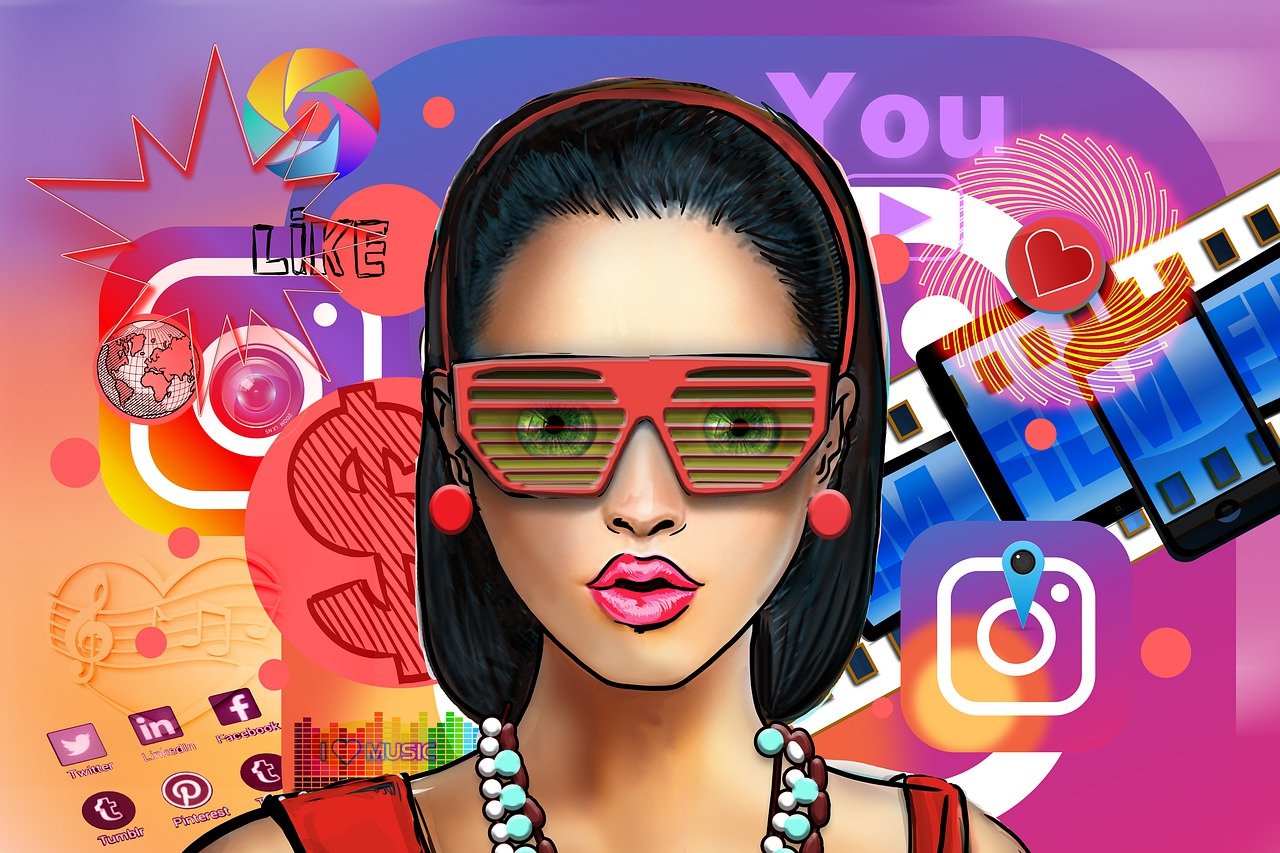This startup is connecting brands and content creators to replace influencer marketing with advocacy marketing through authentic User Generated Content (UGC).
The modern consumer has come a long way from Lalitaji telling them to buy Surf to social media influencers telling them to buy a Ford Eco Sport. What if we did the advertising amongst ourselves?
Do Your Thng (DYT) has created a shared economy platform for digital assets, where brands can connect with every social media user and get them to recommend the brand or service to their friends and followers as opposed to being able to connect with the 0.1% subset who are called influencers.
On the other hand, users can express support for brands, causes, and passion points by creating content in three steps and get paid based on their influence. To find out how the platform works, The Tech Panda spoke to Ankit Agarwal, the Founder of Do Your Thng.

Ankit Agarwal
We consume brands and products almost on a daily basis, based on what we like, what food we want to consume, or on the use cases we see. And if you marry these two, it’s a beautiful marriage
The germs of inspiration came to Agarwal when he was relaxing in London´s Hyde Park on a beautiful summer afternoon. As he saw people doing different things in the park, skating, biking, cooking barbecue, reading, and painting, it struck him that there’s a creator in all of us.
At the same time he realized that all of us are consumers as well.
“We consume brands and products almost on a daily basis, based on what we like, what food we want to consume, or on the use cases we see. And if you marry these two, it’s a beautiful marriage,” he says.
Seeing those people doing what they love doing gave him the inspiration to start the platform, and hence the name ´Do Your Thng´.
Advocates Instead of Influencers
Instead of using influencers to help brands, DYT connects with advocates, i.e. creators who are also authentic product users and genuinely want to recommend a brand to their community.
“This is what we´re replacing influencer marketing with. It is called advocacy marketing, because you don’t have to push anybody. People are already immersed in the brand or the product, they already have some positive experience with the product,” Agarwal explains.
This is what we´re replacing influencer marketing with. It is called advocacy marketing, because you don’t have to push anybody
They also deploy an ‘open brief – content upfront model.’ A brand introduces the campaign brief to creators. Creators then pitch their branded content upfront. The brand can choose to buy what they deem best from the variety and volume of content received. The chosen creators upload the purchased content on their profiles.
This model also has an element of filtration. Creators must create compelling content to be approved. Also, only creators, who have had a positive customer experience with the brand make the effort of creating the content. Largely, the approach enhances the brand-creator relationship, which reflects in the content, creating more engagement.
How DYT Works For Users
As consumers evolve, they look for authentic content over the razzle dazzle of well shot videos. However, brands often rely on expensive shoots or unrelated stock images. Agarwal sees potential creators among the huge social media user base that exists today.
Read more: {App Launch: GoodGamer Fantasy Gaming} Signs Kuldeep Yadav & Umesh Yadav as Brand Influencers
“Even if I take 20% of the total social media user base, which is around 350-400 million, I still have around 80 million odd content creators, who are consuming brands and products on a daily basis. Why not open this channel for brands? And then for the creators, of course, it’s a way of earning. This is where I saw that the creator marketing slash content marketing can go a lot of places,” he says.
DYT is making the content creation process easy for creators through three steps.
Even if I take 20% of the total social media user base, which is around 350-400 million, I still have around 80 million odd content creators, who are consuming brands and products on a daily basis. Why not open this channel for brands? And then for the creators, of course, it’s a way of earning
“Everybody, including the likes of me, who is not very famous, who doesn’t know how to create content, can recommend the best products or the best services to their friends and family,” he explains.
A user can select the brand campaign that appeals to them via the app and start creating content. After approval, the content is posted on their Twitter, Facebook, or Instagram profile by clicking the ‘share post’ button on the app.
The user´s payment is determined by their DYT score. The numerical score is calculated and updated every day based on several metrics like interaction and engagement with the audience.
The app also has a functionality similar to Canva, which is an on-demand design platform, where the user can drag and drop different elements to design creatives. It´s controlled, so that creators can´t fiddle around with logos. Creators create the non-branded part of the content, such as a selfie of a happy family, on top of which they add the branded layer, which contains the brand´s logo and communication.
“This is how the UGC becomes a branded piece of content. You just have to create that unbranded piece of content, which is something all the creators are already creating. And then you make it a branded content piece and submit for approval,” he explains.
Fun Working Place
The DYT environment is relaxed and fun, and Agarwal says they are proud to say they are a great place to work for. They are one of the few organizations who took up 100% remote working even before COVID-19 hit.
The team comprises members who can fit in with the startup´s concept, which emphasizes on being tech friendly.
Read more: COVID Times Social Media and Fake News: Interview with Rajesh Kalra
“We are a bunch of fun kids, including me, and we try to have fun,” Agarwal chuckles.
Growth Story
DYT has been operationally active since late 2019. In a short time, they´ve worked for the likes of MasterCard, Nescafe, Kohler, Lays, Havells, Marks & Spencer, Logitech, Hershey’s, Royal Sundaram, Klairs, etc.
“It’s a bumpy ride, but from a revenue perspective, I am happy to say we´ve grown almost four times already since last year. And this is during COVID-19, when people said things are not happening and many startups shut shop,” Agarwal says.
They´ve worked with more than 80 brands on 100+ campaigns with 20,000+ creators in just a year.












